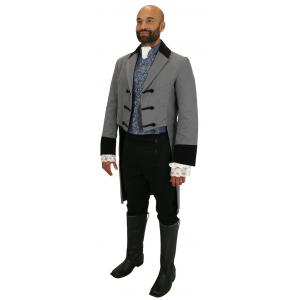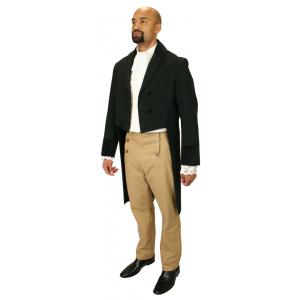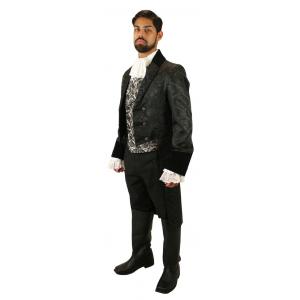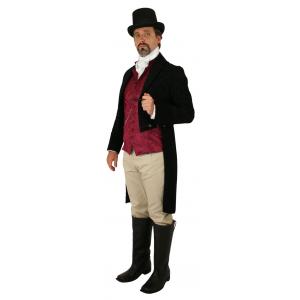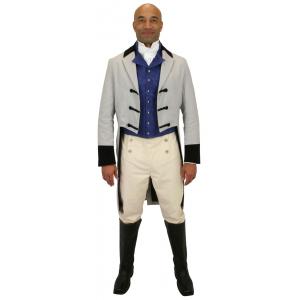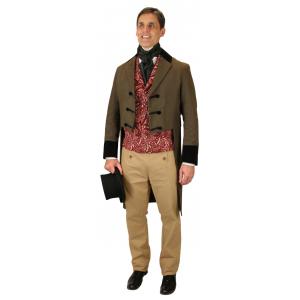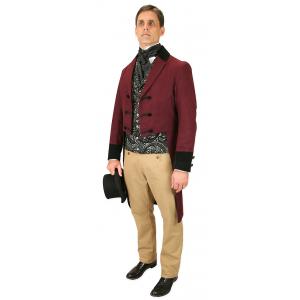Prices and Availability Subject to Change. Please call 800-997-4311 for more Information.
8 results
Frequently Asked Questions About Men's Formal Tailcoats
Do men still wear tailcoats?
Men still wear tailcoats today, though primarily for highly formal occasions such as state dinners, royal ceremonies, white tie events, and certain prestigious orchestral performances. While no longer everyday attire, tailcoats remain the pinnacle of formal menswear in traditional settings and for certain professional roles requiring the highest level of formality.
When did men stop wearing tailcoats?
Men largely stopped wearing tailcoats as regular formal wear during the 1920s and 1930s when the tuxedo (dinner jacket) became widely accepted as appropriate evening wear. While tailcoats remained the standard for the most formal "white tie" events, their everyday usage declined significantly after World War I as society generally embraced less formal dress codes.
What is the point of a tailcoat?
The point of a tailcoat is to serve as the most formal evening attire possible, signifying the highest level of ceremony and respect for an occasion. Originally designed to accommodate horseback riding with tails draping over the saddle, tailcoats evolved into specialized ceremonial garments that visually distinguish the most prestigious social events from ordinary formal occasions.
MORE Q&A





